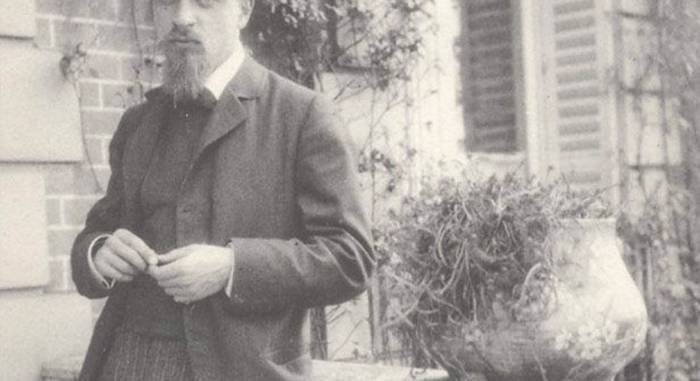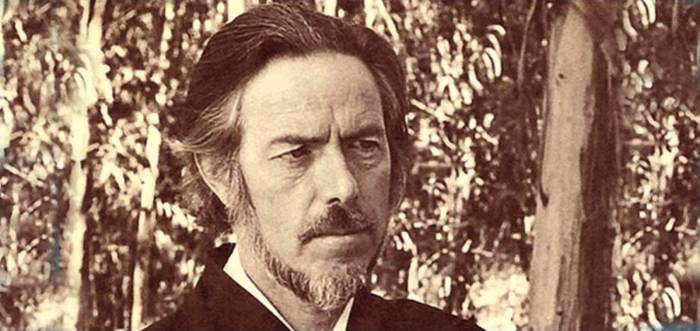Björk’s Stonemilker, How the Beginning of the End of Love Sounds
The song that opens the most recent album by the Icelandic singer invites us into a giddy emotional exploration
In January 2015 Björk released her album Vulnicura that sounds, without beating about the bush, like the musical scale of a broken heart. Her separation from the artist and filmmaker Matthew Barney is Björk’s private affair, but as a musician her emotions were the available raw materials. In a SongExploder podcast, Björk explained the delicate composition of the album’s opening track, “Stonemilker”. Even the title arouses our attention: it could be interpreted as ‘a milker of stones,’ like trying to find an answer, or questioning someone or something that does not hear and cannot answer. Like trying to get blood from a stone.
Björk began composing some of the verses of the lyrics while walking along the beach. They were not complicated lyrics, or even poetic, but declarative, speaking about the sudden clarity we find when we are in the eye of the hurricane. To project that sensation, Björk used microphones and echoes that modulate the clarity of her voice and conceptually illustrate the development of the question. And here begins the subtle game of building a texture for a feeling.
Alejandro Arca then added the percussion that, in Björk´s words, had to be “supportive” rather than just keeping a beat. That support is equivalent to an embrace, in the sense of bringing emotional comfort and accompanying the solitary voice.
For the second version of the album, Vulnicura Strings, Björk substituted Arca’s synthesizers with a string ensemble, using as many as 30 musicians on tracks such as “Stonemilker,” and even digitally multiplying them to achieve that thickness, that “cream-like” layer of melodies, as she calls it.
In the background of “Stonemilker,” the violins, violas, and cellos trace melodic tides without clinging to one single theme; they are variations that are not instrumental solos and do not interfere with the articulation of the voice, but reinforce that abovementioned accompaniment. For Björk, editing the strings was an architectural task, the construction of “a tower or a monument of equilibrium,” a place from where one can feel a magnificence or, in contrast, feel one’s own smallness in the face of such a construction.
The architectural sense of tempo was achieved by combining all of those string melodies, those variations within the scale, forming circles, spirals and repetitions that create security, “like reading a book at home, like lying outside in the moss, looking at the sky.” In the end it is about trying out an idea with sounds. Staying emotionally open is a choice, even if the other person decides not to open up. And faced with this stone that doesn’t respond to questions, that shares nothing and that lives in a distant world. It’s about the beginning of the end of love, about when one decides to stop being shared and remains divided, or to simply be a gap, but not forever: Maybe not all of us can make a sonic monument from the feelings of a sentimental break-up, but we can choose this emotional opening up that music and art invites us to make.
Related Articles
7 Recommendations for Organizing Your Library
For the true bibliophile, few things are more important than finding a book from within your library.
Red tea, the best antioxidant beverage on earth
Red tea is considered to be the most unusual of teas because it implies a consistently different preparation process. ––It is believed that its finding came upon surprisingly when traditional green
A brief and fascinating tour of the world's sands
To see a World in a Grain of Sand And a Heaven in a Wild Flower, Hold Infinity in the palm of your hand And Eternity in an hour. - William Blake What are we standing on? The ground beneath our feet
Strengthen your memory with rosemary oil
For thousands of years rosemary oil has been traditionally admired and used due to its many properties. In the Roman culture, for example, it was used for several purposes, among them cleansing, as
Literature as a Tool to Build Realities
Alain de Botton argues that great writers are like lenses through which we can see an infinite array of possibilities.
Mandelbrot and Fractals: Different Ways of Perceiving Space
Mathematics has always placed a greater emphasis on algebra, a “purer” version of itself, one that is more rational at least. Perhaps like in philosophy, the use of a large number knotted concepts in
Luis Buñuel’s Perfect Dry Martini
The drums of Calanda accompanied Luis Buñuel throughout his life. In his invaluable memoirs, published under the Buñuel-esque title, My Last Sigh, an entire chapter is dedicated to describing a
A Brief Manual of Skepticism, Courtesy of Carl Sagan
Whether or not you’re dedicated to science, these tips to identify fallacies apply to any form of rigorous thinking.
How to Evolve from Sadness
Rainer Maria Rilke explored the possible transformations that sadness can trigger in human beings.
Alan Watts, A Discreet And Charming Philosopher Of The Spirit
British thinker Alan Watts was one of the most accessible and entertaining Western interpreters of Oriental philosophy there have been.










